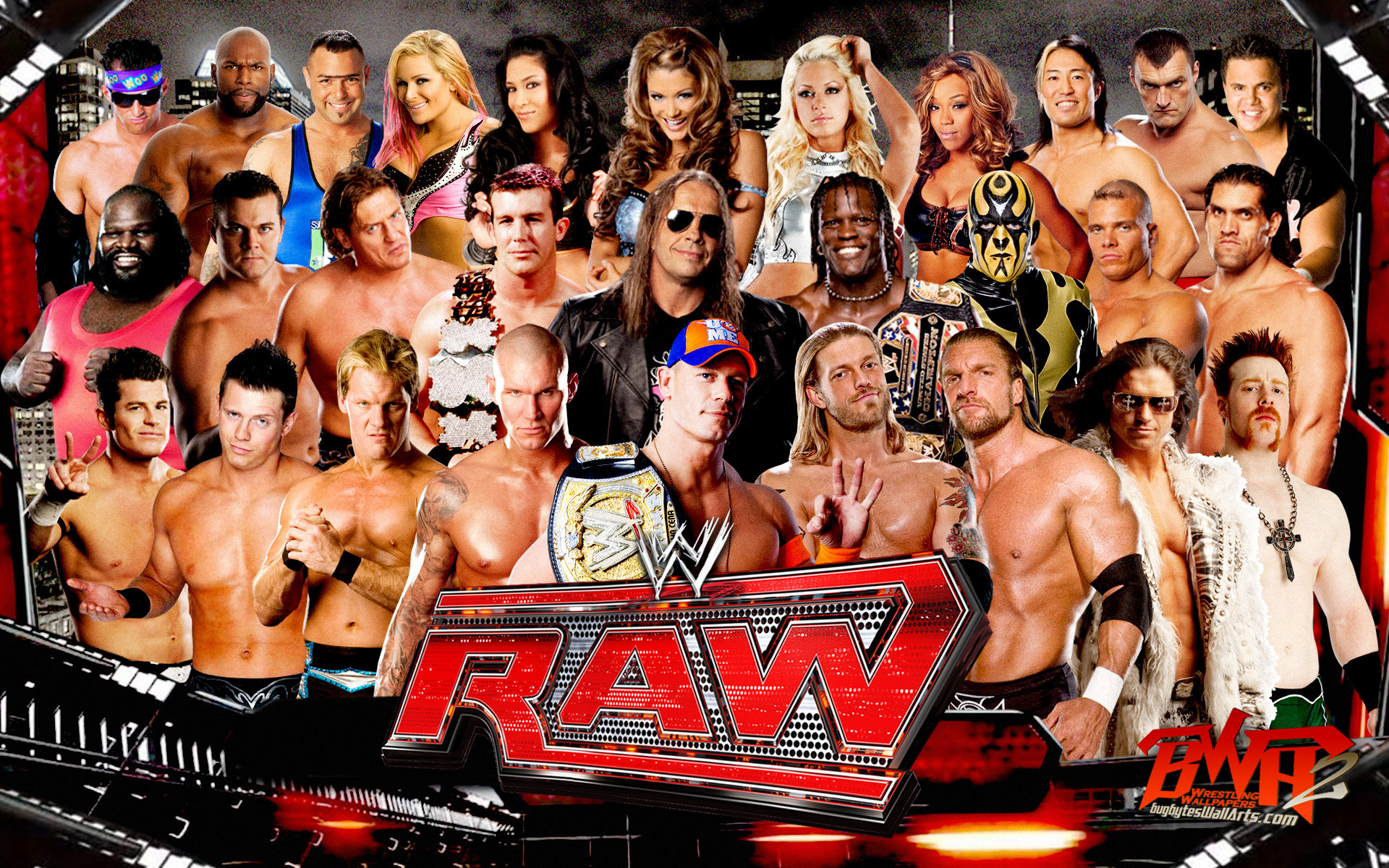Have you ever wondered what makes some videos look so incredibly polished and professional, even after a lot of changes? Well, a big part of that magic often comes down to something called raw video format. It's a bit like having all the original ingredients for a fantastic meal, rather than just a pre-made dish. This format gives video creators a lot of creative freedom, you know, to really shape their vision.
It's interesting, because a lot of people think about "RAW" in terms of still photos first. My own experience, as shared in my text, shows how folks often struggle when their camera saves pictures as RAW files and then they can't see them on their phone or even a computer right away. That's actually very similar for video too, in a way. Just like a RAW image isn't really a finished picture, a raw video file isn't a ready-to-watch movie clip. It's a collection of all the raw data the camera's sensor picked up.
So, what exactly is this raw video format, and why is it such a big deal for anyone serious about making videos? We're going to talk about that, and how it can really change how you approach your video projects. It's truly a powerful tool for those who want to get the very best out of their footage, and it offers a lot of room for adjustment later on.
Table of Contents
- What is Raw Video Format, Really?
- Why Raw Video Format is a Big Deal for Your Projects
- The "Compression" Side of Raw Video
- Working with Raw Video: What You Need to Know
- Common Raw Video Formats You Might Encounter
- Is Raw Video Format Right for You?
What is Raw Video Format, Really?
When you hear about raw video format, think of it as the purest form of video data your camera can capture. It's literally the raw information from the camera's image sensor, before any in-camera processing or compression happens. My text talks about how a RAW image file isn't a "photo" but a "data collection" or "data package," holding details like exposure, white balance, and ISO. That's basically the same idea for video. It's the digital equivalent of a film negative, holding all the potential without being fully developed yet, you know?
This means that when your camera records in raw video format, it's saving every bit of light and color information that the sensor sees. It doesn't throw anything away. This is very different from, say, a common video format like MP4, which has already been processed and compressed by the camera to make the file size smaller. With raw, you get the full, untouched data, which is actually pretty cool.
So, in essence, raw video format gives you a massive amount of original data. It's not a finished product you can just play back on any device. It's more like a digital ingredient list for your video, ready for you to shape and refine later on. This approach allows for a lot of precision in the editing process, which is why professionals really like it.
Why Raw Video Format is a Big Deal for Your Projects
The main reason creators get excited about raw video format is the incredible flexibility it offers during post-production. When you have all that original sensor data, you have a lot more room to adjust things like exposure, color, and contrast without causing the image to fall apart. For example, if a shot turns out a little too dark, you can often bring back details in the shadows that would be completely lost in a more compressed video file. It's really quite a difference.
Another big benefit is the expanded dynamic range. This means raw video can capture a wider range of light and shadow details, from the brightest highlights to the darkest areas, all in one shot. This is very helpful when you're filming in tricky lighting conditions, perhaps with bright windows and dark interiors in the same frame. A compressed video might just show blown-out whites or completely black shadows, but raw footage often keeps those details, which is a significant advantage.
Furthermore, using raw video format can help future-proof your work. As technology gets better, and new ways to process video come out, having that original, rich data means you can go back to your footage and apply new techniques to make it look even better. It's a bit like having the original master tapes for music, allowing for remixes or remastering years down the line. My text mentions how JPEG is a "lossy compressed" format for images, meaning it throws data away. Raw video, on the other hand, keeps that data, giving you a lot more to work with over time.
The "Compression" Side of Raw Video
Now, here's something that might surprise you: raw video data isn't always completely uncompressed. My text actually points this out for still images, saying, "Raw data isn't uncompressed; on the contrary, raw data is often compressed." This is very true for video as well. Many raw video formats use some form of compression, but it's usually a "lossless" or "visually lossless" type of compression. This means it reduces file size without throwing away important image information that you would notice.
For instance, my text mentions REDCODE, which is a raw video format from Red cameras, and it offers various compression rates like 3:1 or 18:1. Sony's F65RAW also has compression options, such as 3:1 and 6:1. These compression methods are designed to keep the integrity of the original sensor data as much as possible, while making the files a bit more manageable. It's a smart way to balance file size with image quality, so, you know, it's not totally unwieldy.
So, while the term "raw" might make you think "no compression at all," that's not always the case in practice. The key difference is that any compression applied to raw video is generally done in a way that preserves the critical information needed for extensive post-production, unlike the "lossy" compression found in formats like H.264 or H.265, which discard data permanently to achieve very small file sizes. It's a very important distinction, actually.
Working with Raw Video: What You Need to Know
Getting started with raw video format does come with a few considerations, especially when it comes to your workflow. It's not as simple as just plugging in your camera and dragging files around. You'll need specific tools and a bit more patience, but the results are often worth the extra effort, honestly.
Opening and Viewing Raw Video Files
Just like my text describes the problem of not being able to view RAW photos on a phone or with a basic card reader, raw video files present a similar challenge. You can't just open them with any old media player. These files require specialized software that can interpret the raw sensor data and display it properly. Programs like DaVinci Resolve, Adobe Premiere Pro, and Apple's Final Cut Pro are common choices for working with raw video. They have the built-in capabilities to handle these unique file types.
Sometimes, you might also need to install specific codecs or plugins for your editing software to recognize a particular camera's raw format. Each camera manufacturer might have its own proprietary raw format, so, you know, it's not always a one-size-fits-all situation. It's a bit like needing a special key for a specific lock. Without the right software or plugin, your computer just won't know how to read the information in the file.
Converting Raw Video
After you've done your initial color grading and adjustments to the raw footage, you'll often convert it into a more common, editing-friendly format. This process is called transcoding or rendering. My text mentions converting RAW images to common formats like JPG, PNG, or JPEG for easier viewing. Similarly, with raw video, you might convert it to formats like ProRes, DNxHD, or an optimized H.264/H.265 file for easier editing, playback, or final delivery.
This conversion step is important because raw files are very demanding on your computer's processing power. Editing them directly can be slow and choppy, especially on less powerful systems. By converting them to an intermediate format, you get a file that's still high quality but much easier for your computer to handle during the actual editing process. It really smooths out the workflow, you know?
Managing Those Big Files
One of the most immediate things you'll notice about raw video format is the file size. These files are huge, often many times larger than compressed video files. This means you'll need a lot of storage space, both on your camera's memory cards and on your computer's hard drives. A single minute of raw 4K video can easily take up several gigabytes, so, you know, it adds up very quickly.
Beyond storage, working with raw video demands a powerful computer. You'll need a fast processor, plenty of RAM (memory), and a capable graphics card to handle the intense processing required for playback and editing. Slow drives can also be a bottleneck, so fast SSDs or RAID arrays are often recommended. It's a bit like trying to run a very complex piece of software; your machine needs to be up to the task, basically.
Common Raw Video Formats You Might Encounter
Just as different camera brands have their own specific raw image formats – my text points out Canon's CR3, Nikon's NEF, Sony's ARW, and Fuji's RAF – the world of raw video format also has its own variety of flavors. Each format is designed by a camera manufacturer or a software company, and they each have their own quirks and benefits. It's not a single, universal format, which can be a little confusing at first, actually.
Some of the most well-known raw video formats include:
- CinemaDNG: This is an open-source raw video format that's more universal. It's not tied to a specific camera brand, making it a bit more flexible in some ways.
- ProRes RAW: Developed by Apple, this format is popular because it offers many of the benefits of raw while being more efficient to edit. It's a bit of a hybrid, you know, combining raw flexibility with easier handling.
- Blackmagic RAW (BRAW): Blackmagic Design created this format for their cameras. It's highly optimized and offers excellent quality with manageable file sizes, making it very popular among independent filmmakers.
- REDCODE RAW: This is the proprietary raw format for RED Digital Cinema cameras, known for their very high-end image quality. As my text mentioned, it allows for various compression rates.
- ARRI RAW: Used by ARRI, another top-tier cinema camera manufacturer, ARRI RAW captures an incredible amount of detail and dynamic range, often seen in major Hollywood productions.
- Canon Cinema RAW Light: While my text mentions CR3 for Canon's still image raw, Canon also has its own raw video formats, like Cinema RAW Light, designed to be smaller and easier to work with than full uncompressed raw, while still retaining a lot of flexibility.
Each of these formats has its own ecosystem of cameras, software support, and specific workflows. Choosing which one to use often depends on your camera, your budget, and your specific production needs. It's a bit like choosing a specific type of paint for an art project; each has its own properties, you know?
Is Raw Video Format Right for You?
Deciding whether to shoot in raw video format really comes down to balancing its advantages against its demands. On the positive side, you get unmatched creative control in post-production. You can push your footage further, correct mistakes, and achieve a truly polished look that's hard to get with highly compressed formats. The image quality and flexibility for color grading are, quite frankly, superior. Learn more about on our site, and link to this page for more details on advanced video techniques.
However, the downsides are significant. Raw files are enormous, requiring lots of storage and powerful computer hardware to handle them efficiently. The workflow is also more involved, needing specialized software and often an extra step of converting files before editing. It's not a "set it and forget it" kind of thing, basically. You're committing to a more intensive post-production process, which is a bit of a time investment.
So, when is raw video format the right choice? It's typically preferred for high-end productions, commercials, feature films, or any project where maximum image quality and extensive color grading are critical. If you're a filmmaker or videographer who wants the ultimate control over your final image, and you have the resources (storage, computing power, time) to manage the workflow, then raw video format is an incredibly powerful tool. But for everyday vlogging, quick social media content, or projects with tight deadlines and limited resources, a high-quality compressed format might be more practical. It really depends on your specific goals, you know?
Frequently Asked Questions
Is raw video format always uncompressed?
Not always, no. While "raw" suggests untouched data, many raw video formats use compression. However, this compression is usually "lossless" or "visually lossless," meaning it reduces file size without throwing away important image details that you would notice. My text points out that raw data, even for images, is often compressed, and the same goes for video formats like REDCODE or Sony F65RAW.
Why can't I open raw video files easily on my phone or basic computer viewer?
Raw video files are not standard playback formats. They contain unprocessed sensor data, which needs specialized software, like professional video editing programs (e.g., DaVinci Resolve, Adobe Premiere Pro), to interpret and display correctly. It's similar to how my text describes the difficulty of viewing RAW photos on a phone or with a basic card reader; the device simply doesn't know how to read that specific type of data without the right tools.
What's the main benefit of shooting in raw video format?
The biggest benefit is the immense flexibility and control you gain in post-production. Because raw video captures all the sensor's data, you have a lot more room to adjust exposure, white balance, and colors without degrading the image quality. This allows for superior color grading, better recovery of details in highlights and shadows, and a more polished, professional final look for your video projects. It truly gives you a lot of creative freedom.



